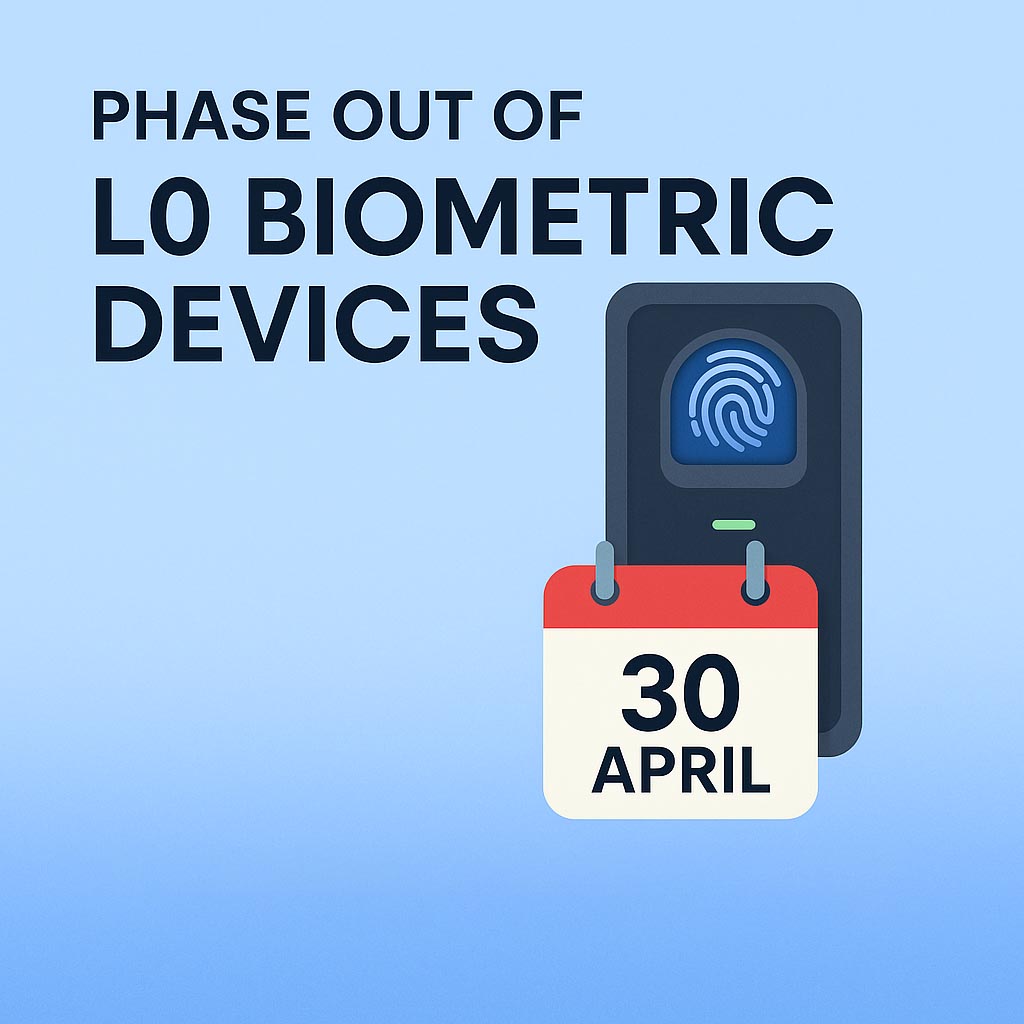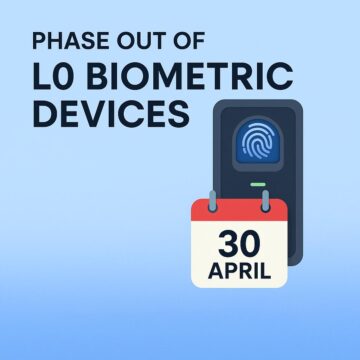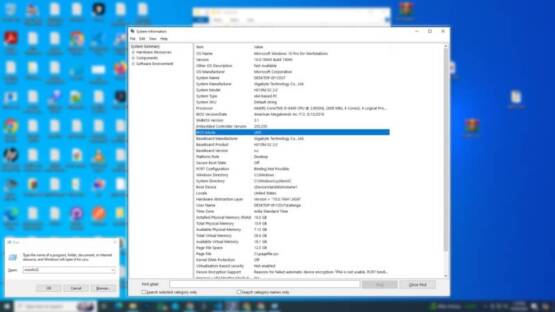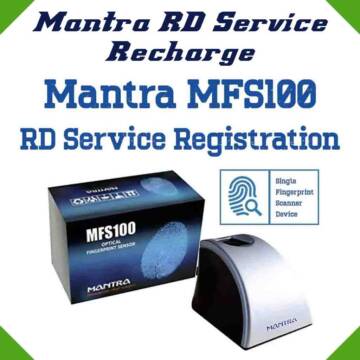Phase Out of L0 Biometric Devices: What You Need to Know
According to a recent update shared by SMTCHP, in line with the UIDAI (Unique Identification Authority of India) guidelines, the L0 Registered Device (RD) service will be officially phased out on 30th April 2025.
This development has important implications for businesses, service providers, and individuals relying on biometric authentication for Aadhaar-related services. Let’s dive deeper into what this means, why it’s happening, and what steps you should take next.
What Are L0 Biometric Devices?
L0 biometric devices are the first generation of Registered Devices used for Aadhaar authentication. These devices work with basic security measures but have known vulnerabilities. As technology advances and threats become more sophisticated, there is a growing need for stronger, more secure devices that can better protect citizens’ biometric data.
Why Are L0 Devices Being Phased Out?
The UIDAI is phasing out L0 devices primarily to enhance security and compliance. Over time, weaknesses in the L0 framework have been identified, particularly concerning:
- Data security risks: L0 devices store and process biometric data in ways that can be susceptible to misuse or hacking.
- Lack of end-to-end encryption: Modern threats demand stronger encryption standards which older L0 devices cannot provide.
- New compliance standards: UIDAI has introduced stricter standards to ensure that biometric authentication is safe, secure, and tamper-proof.
Thus, moving to upgraded device levels, like L1 Registered Devices, ensures higher security, encryption, and compliance with new regulatory norms.
What Are L1 Devices?
L1 Registered Devices are the next generation of biometric devices that offer:
- Enhanced encryption: Biometric data is encrypted within the device itself.
- Tamper detection: Devices are designed to detect any tampering attempts.
- Stronger security certifications: L1 devices meet the latest UIDAI specifications and international security standards.
In short, L1 devices are safer, faster, and more reliable.
What Happens After 30th April 2025?
- L0 RD services will be discontinued.
- Authentication attempts using L0 devices will fail.
- Service providers and operators using L0 devices must upgrade to L1 devices immediately.
- UIDAI will recognize only L1 devices for Aadhaar authentication after the cutoff date.
How to Upgrade to L1 Devices?
If you’re currently using an L0 device, it’s time to upgrade. The message suggests buying L1 devices from rdserviceonline.com where they are available at discounted prices.
Before purchasing, make sure:
- The device is UIDAI certified.
- The device is RD compliant.
- The service provider supports RD service registration and maintenance.
Some popular brands offering UIDAI-certified L1 devices include Morpho, Mantra, and Startek.
The phase-out of L0 biometric devices marks a pivotal step towards a more secure and reliable digital India. While it may seem like an inconvenience to upgrade, the benefits in terms of security and compliance far outweigh the short-term costs.
If you haven’t already, act now. Upgrade to L1 devices before 30th April 2025 to ensure uninterrupted services and compliance with UIDAI regulations.
For more information and to purchase certified L1 devices, you can visit rdserviceonline.com.







